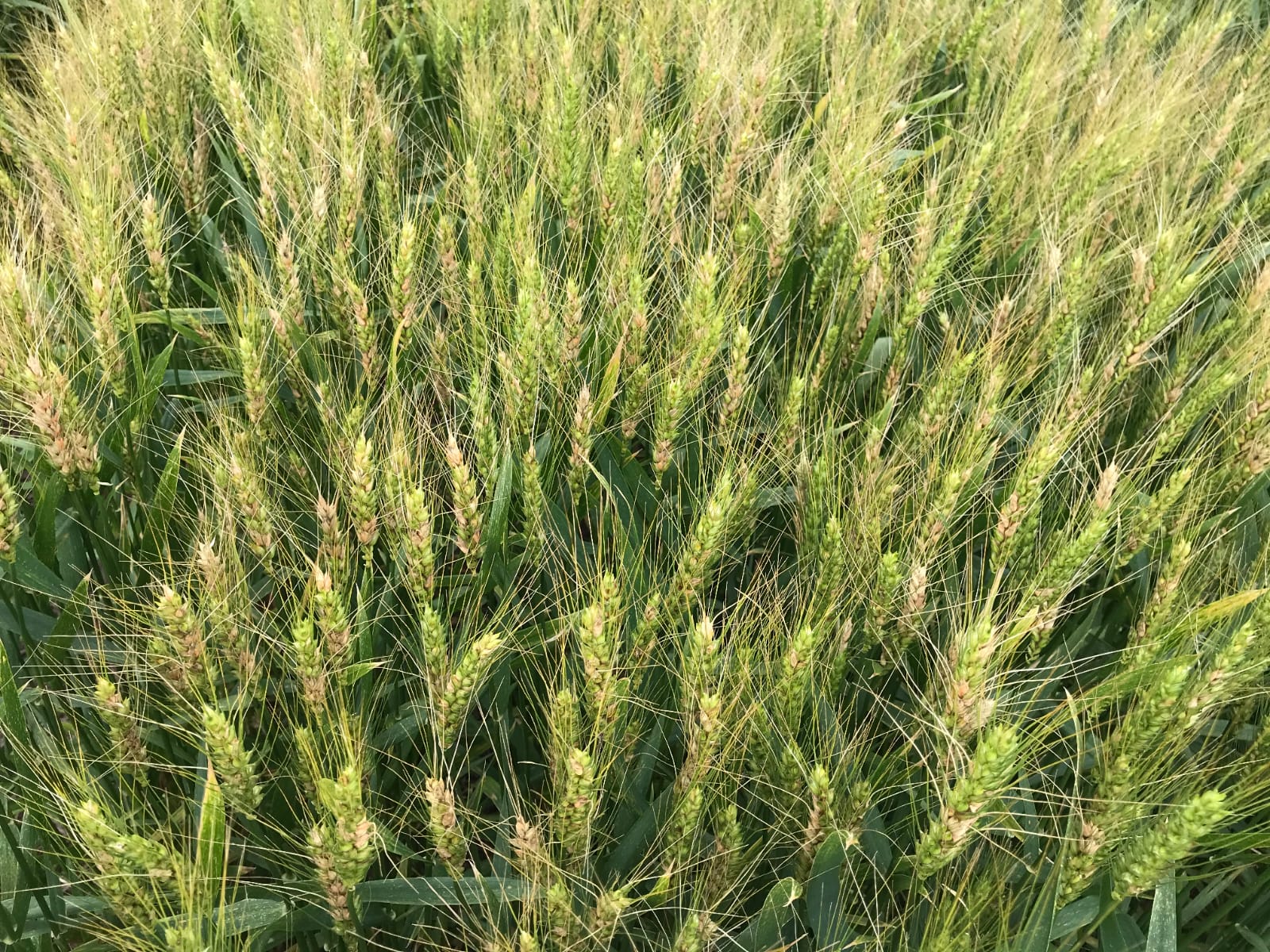
Weather-driven ensemble logistic models for Fusarium head blight of wheat in Brazil
Ana Carolyne Costa de Carvalho¹; Emerson Medeiros Del Ponte¹*
¹Departamento de Fitopatologia, Universidade Federal de Viçosa, Viçosa, MG, Brazil 36570-900
👉 What you’ll find here:
This repository gathers all the codes, scripts, and supporting documents used in the analyses. Everything is organized to make the workflow transparent and fully reproducible — from data preparation to statistical modeling and the economic evaluation.
👉 Read the Preprint
(Carvalho and Del Ponte, n.d.)

References
Carvalho, A. C. C., and E. M. Del Ponte. n.d. “Weather-Driven Ensemble Logistic Models for Predicting Fusarium Head Blight of Wheat in Brazil.”